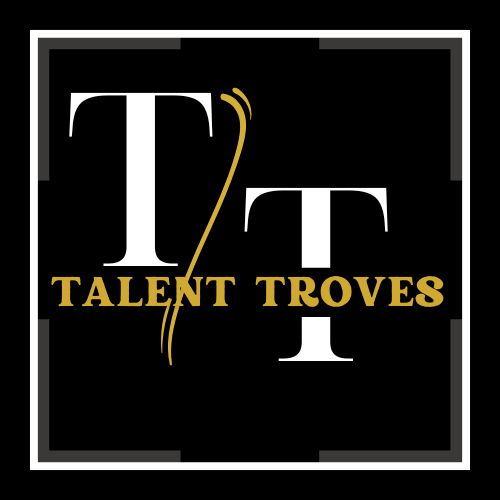It is a phrase that you continue to hear about. It indicates that we need to look to the future in terms of how we work, where we work, when we work, and why we work. You’ve heard this phrase – “The Future of Work.” With the future of work comes another phrase very close on its heels: “Skills-based organizations.” This indicates organizations that prioritize the skills and competencies of their workforce over traditional titles and roles. The focus here is on what employees can do and how their skills can be applied to various tasks and projects rather than having employees confined to specific job descriptions.
The shift towards skills-based organizations is transforming the future of work globally. According to a 2024 report by Korn Ferry, (https://www.kornferry.com/insights/this-week-in-leadership/talent-crunch-future-of-work) skill gaps are expected to cost global businesses $8.5 trillion in unrealized revenue by 2030. This model emphasizes skills over job titles, allowing organizations to adapt swiftly to changing business needs. For instance, companies are increasingly moving to skill-focused hiring, viewing roles as collections of skills rather than fixed job titles. (https://www.cornerstoneondemand.com/resources/article/unravelling-the-skillapalooza-r-a-strategic-shift-to-skills-based-organizations-in-2024/). This shift is not just a trend but a strategic necessity, with companies across various industries investing heavily in upskilling initiatives. A 2024 Forbes report indicates that by 2025, over 70% of the workforce will require reskilling or upskilling to stay competitive. (https://www.forbes.com/sites/melissadaimler/2024/06/24/the-evolution-toward-a-workforce-with-skills-based-organizations/)
Technology plays a pivotal role in this transformation. AI-driven platforms are helping organizations enhance their workforce’s capabilities from a perspective of learning and acquiring skills efficiently. Leveraging advanced tools will help organizations create a culture of continuous learning and agility in the workforce, ultimately maintaining a competitive edge in an ever-evolving market.
For more articles on careers and human resources, please visit:
Website: www.talenttroves.com
